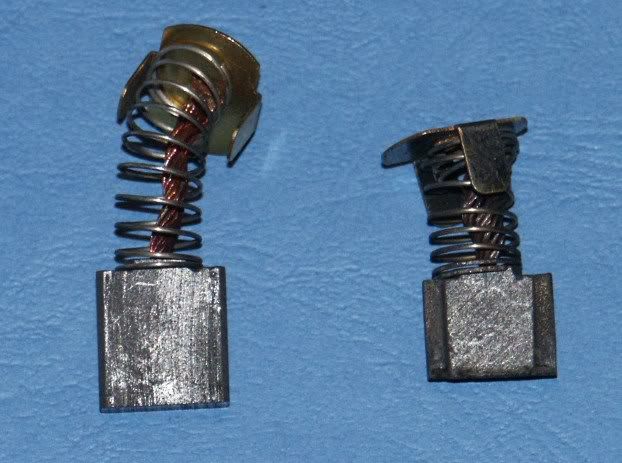…Did your lathe also blow a fuse when the brushes went? It felt strange that it blew and didn’t blow the plug fuse, yet tripped the house.
…
Wouldn’t worry me. The internal fuse blew before the plug fuse, the latter being intended to protect the house wiring, the risk being it will overheat and burn the building down.
Trips serve a different purpose; RCDs protect people by detecting a small current imbalance between Live and Neutral, perhaps <30mA, which implies an accidental earth leak.
Depending on the circumstances and how fast acting each protective device is, you can get trip only, trip plus plug fuse, trip plus internal fuse, trip plus all fuses, or one or more fuses blown without a trip. Main thing is that at least one device operates to protect the machine, avoid a house fire, and saves the operator from a fatal shock.
I guess the brush broke and shorted to the metal frame of the motor. The short blew the machines internal fuse. But, because the motor is earthed, the short also caused an imbalance between L and N that was detected by the trip, and it cut the power.
Not sure what causes uneven brush wear, which I’ve seen a few times. I think if the brush material or spring is slightly different one of a pair might spark a little more than the other. Once a brush starts to erode, I suspect the imbalance might cause faster wear on that brush, especially if the motor is worked hard. Not a quick process, my examples had all done at least a couple of year’s work.
Dave
Macolm.








